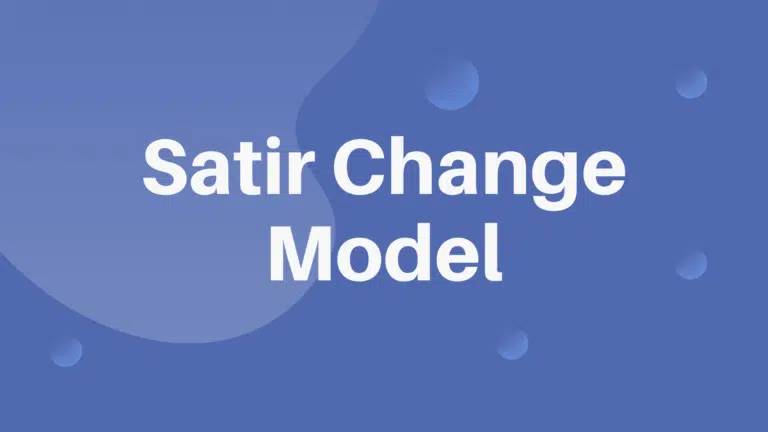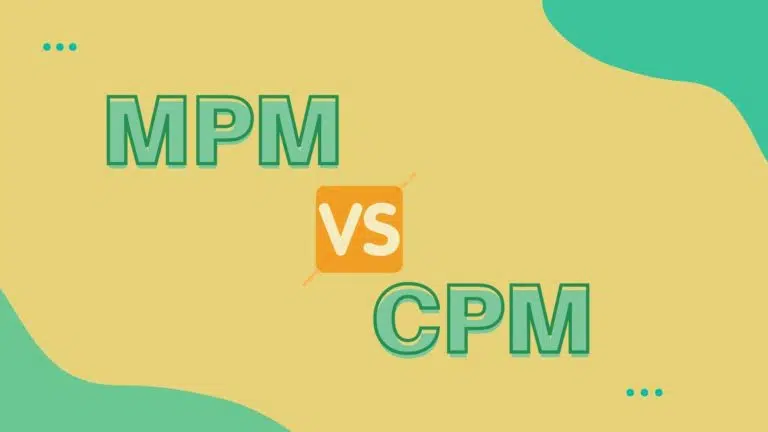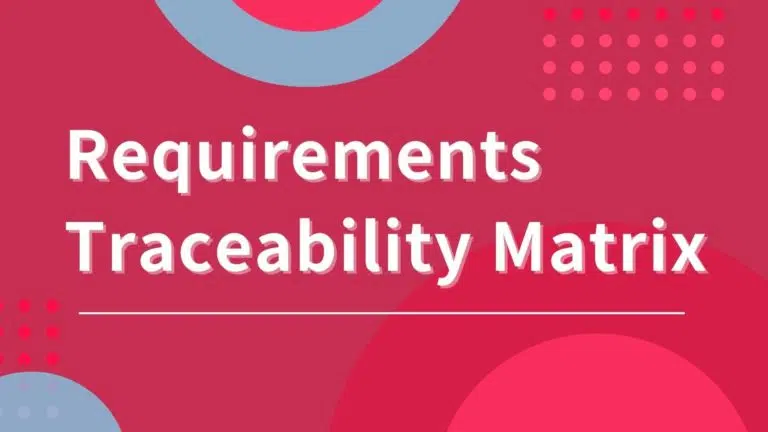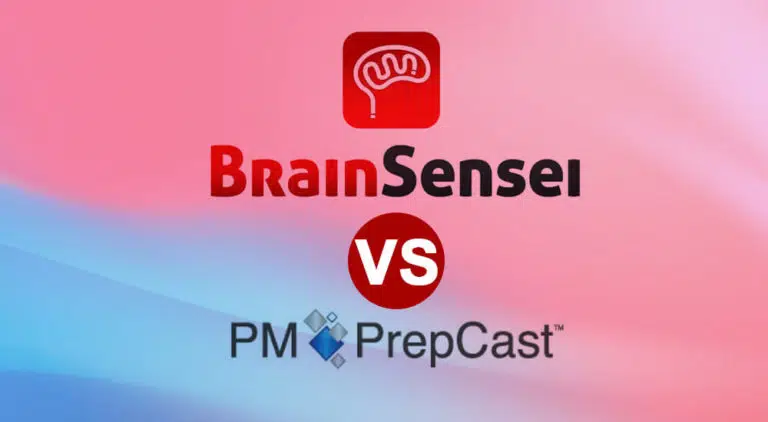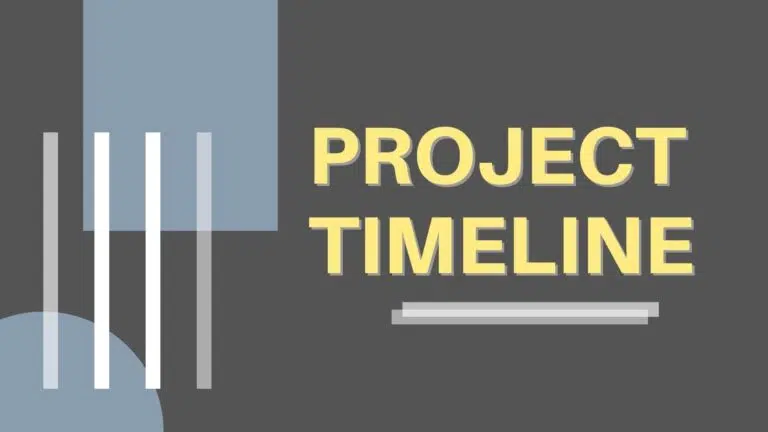Change management is the process of making changes to a project. These changes can be made to processes, policies, approved project documents, baselines, etc.
The change management process includes the project manager and the change control board (CCB). The CCB includes stakeholders (e.g., top management and subject matter experts). The project manager will raise the change request and forward it to the CCB.
The board will review the change and decide. If the board decides to proceed, the project manager will update the baselines and other affected documents and implement the change.
Change Management Examples
We will examine three examples of change management affecting cost, schedule, and scope baselines.
Example #1
Due to poor cost estimation, you have miscalculated the cost of premium marble for flooring. Your estimator considered the cost of standard tiles while calculating the project cost. Now, you have reevaluated the project cost with premium marble, and the cost is high.
So, you make a change request and get management’s approval. Once it is approved, you update the cost baseline and ensure the new budget accurately reflects the new cost of the project.
Example #2
Imagine that due to unforeseen weather conditions, there are delays in the delivery of construction materials for a project. As a result, the timeline for completing the project gets pushed back.
You must adjust the schedule baseline to reflect the new timeline, considering the delays caused by the weather. This will involve revising the sequence of tasks, reallocating resources, or negotiating new deadlines with stakeholders.
Example #3
Suppose the client requests solar panel installation on the roof for energy efficiency, which was not part of the original plan. This change of scope impacts the project cost and schedule.
Therefore, you must assess the feasibility of incorporating these changes into the building within the existing budget and timeline. If feasible, you must update the scope baseline to include the solar panel installation.
However, if this is not feasible, you will negotiate with the client to adjust the budget and schedule.
What Are the Key Benefits of Change Management?
The following are the key benefits of change management:
- Improved Project Control: Change management helps you maintain control over the project by providing a structured process for evaluating, approving, and implementing changes. This ensures that changes are properly assessed for their impact on cost, schedule, and scope and that any adjustments are controlled.
- Reduced Obstructions: By proactively managing changes, you can minimize project timelines and budget disruptions. By identifying risks and addressing them early, change management helps prevent costly delays and overruns that can occur when changes are made without proper planning.
- Better Communication: Change management facilitates clearer communication with stakeholders about proposed changes and their potential impact on the project. This helps you get stakeholder support for necessary adjustments and promotes collaboration among team members.
- Enhanced Risk Management: Change management is linked to risk management, as it allows project managers to identify and mitigate potential risks associated with changes to the project. By assessing the impact of proposed changes, you can make informed decisions on whether to proceed with the changes or find a better solution.
What Are the Key Challenges of Project Change Management?
The following are the key challenges of project change management:
- Change Resistance: Stakeholders naturally resist change due to fear of the unknown, loss of control, or uncertainty. Overcoming this resistance requires effective communication, stakeholder engagement, and change management strategies to address concerns and gain buy-in.
- Scope Creep: Scope creep occurs when team members add extra features to the product. To prevent scope creep and ensure that changes are properly assessed and managed, you must establish clear change control measures.
- Poor Communication: Inefficient communication is a common challenge of project change management. Robust communication ensures that stakeholders understand the changes, their impact, and their role in the change process.
- Resource Constraints: Limited resources (e.g., time, budget, and skilled personnel) can pose significant challenges when managing project changes. You must balance competing priorities and allocate resources effectively to address change requests.
- Lack of Stakeholder Engagement: Engaging stakeholders in the change management process is critical to gaining buy-in and support for the proposed changes. Project managers must actively involve stakeholders throughout the change management process to ensure that their needs and concerns are addressed.
What is the Difference Between Change Management and Project Management?
Project management involves planning, organizing, and executing a project to achieve objectives within time, cost, and scope constraints. It deals with the day-to-day tasks, resource allocation, and coordination necessary to complete a project on time and within budget.
On the other hand, change management is concerned with managing changes within the project. It involves effectively identifying, assessing, and implementing changes to ensure they go through a proper review process, are recorded, and that baselines are always updated.
What is the Difference Between Change Management and Change Control?
Change management refers to planning, implementing, and managing changes within a project. It involves assessing the need for change, identifying potential impacts, and implementing changes. Change management ensures that all changes are reviewed, recorded, communicated to stakeholders, and updated baselines.
Change control is a specific component of change management that deals with the formalized process of reviewing, evaluating, and approving changes to a project or system. It involves documenting proposed changes, assessing their potential impact on project objectives, and making informed decisions about approving or rejecting them. Change control aims to maintain the integrity of the project’s baselines (scope, schedule, and budget) by carefully managing deviations or modifications.
Summary
Change management is a key part of project management. It ensures that all changes are reviewed, their impact is assessed and implemented, and all affected documents and baselines are updated. It also ensures that all stakeholders know about the changes and their impact.
This topic is important from a PMP exam point of view.

I am Mohammad Fahad Usmani, B.E. PMP, PMI-RMP. I have been blogging on project management topics since 2011. To date, thousands of professionals have passed the PMP exam using my resources.

